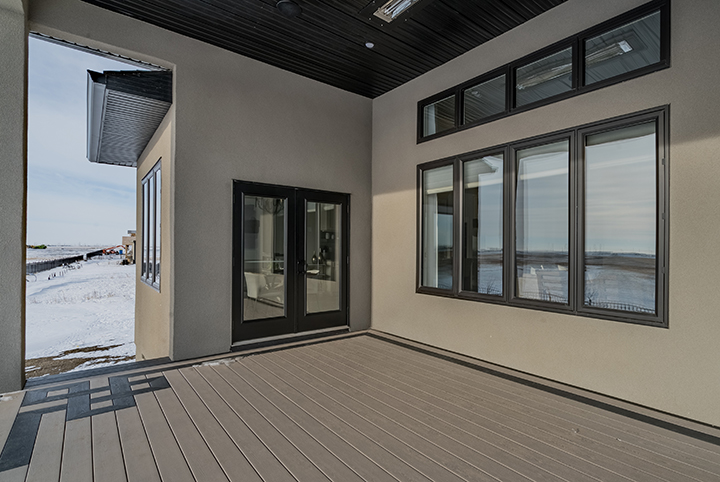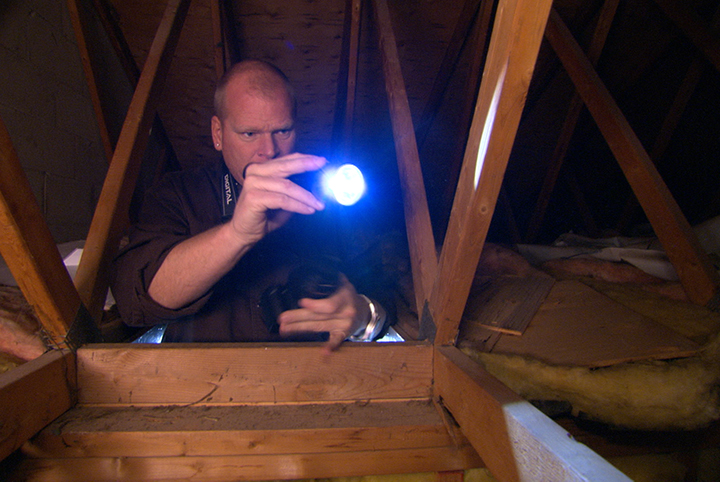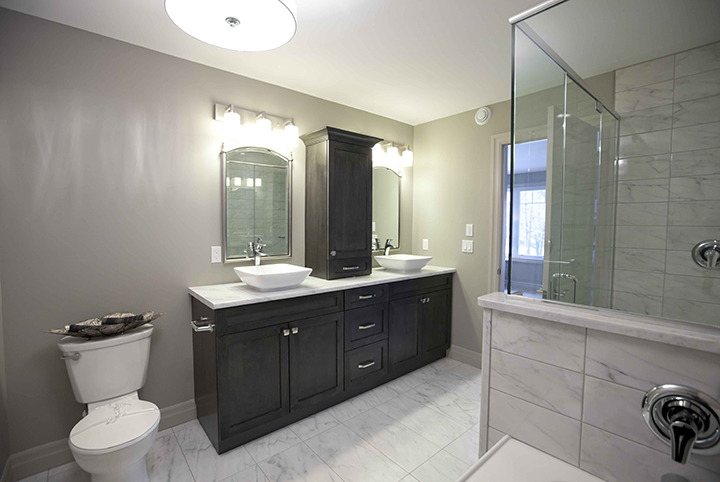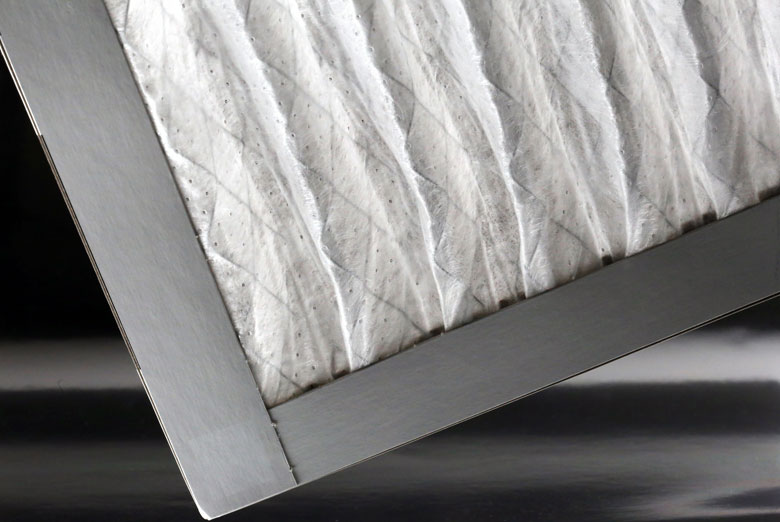
Mike Holmes is one of HGTV Canada’s go-to contractors and the host of Holmes and Holmes, Holmes: Buy it Right, and Home to Win.
We should always be thinking of ways to make our homes more energy efficient, not only for the sake of the environment but also to save on our energy bills each month. More often I’m seeing builders offering energy-efficient packages and upgrades. I’m also seeing more homeowners choosing renovations to increase the performance or their homes. But if you aren’t buying a new home or planning a renovation, there are still things you can do to make your home more energy efficient.
The changes don’t have to be significant; you can start small and move to bigger upgrades when you plan for larger renovations. But for now, looking at small and simple upgrades to your home can make a big difference to your energy consumption.
1. Start From the Outside
The average home loses about 30 per cent of its heat because of air leakage, and that means your furnace will be working overtime to compensate. That’s a lot of energy loss. Making sure your house is protected from the outside elements is simple enough to do. Check around your windows and doors – do you feel any drafts? Notice any worn or weathered caulking? If so, replace it with rubberized caulking – it lasts longer and is flexible, so it will expand and contract with the home. Heat loss in the winter also means cold air loss in the summer, which will have your air conditioner working hard. Replacing caulking and weatherstripping is a quick job that will make a big difference to making your home more energy efficient. I use low expansion foam for weather sealing and insulation for doors, windows, gaps and cracks.

2. Home Inspection
Hiring a licensed home inspector to do a thermal imaging assessment can help with finding where you’re losing most of your heat. With the thermal imaging camera, the inspector can measure the difference in temperature throughout your home. Maybe all you need is to add some insulation to make sure your home is properly sealed.
Related: 10 Things to Always Ask During a Home Inspection.
3. Attic Insulation
Insufficient insulation in your attic can be a major cause of heat loss in your home. The temperature in your attic should match the air outside, so I’d recommend at least one inch of closed-cell spray foam to keep it that way. Installing spray foam is not a DIY job, so make sure you get a professional to do the job. Make sure there’s good ventilation in the attic and seal off any potential heat or energy loss areas, such as windows and door frames.

Related: Mike Holmes Reveals the Two Crucial Things Your Attic Should Have.
4. Make the Switch to LEDs
It’s no secret that I’m a big fan of LEDs. LEDs use less energy than your old incandescent bulbs and can last about 25,000 hours on average. And with advancements in lighting, there are plenty of options when it comes to LEDs, including strips that can be installed below kitchen cabinets, dimmable LEDs, LEDs for chandeliers, and so on. But what if making the total switch is not in your budget? Just start small. Focus on replacing the lights you use most often. Even with that small change, you’ll be making a difference.

5. Install Programmable Thermostats
Smart homes are becoming more popular now and installing a programmable thermostat is definitely a smart move towards energy management. With a programmable thermostat, you can control the temperature of your home right from your phone. By adjusting the temperature for when you’re not there, and setting it for a comfortable temperature for when you’re on your way home, it’s a great way to save on energy and your bills.
Related: 7 of the Biggest Benefits to Owning a Smart Home.
6. Replace Old Toilets
Toilets are the biggest wasters of water in your home, and the older the toilet, the bigger the waste. If your home is more than 15 years old, chances are you have a toilet that uses at least a 16-20 litre flush. Upgrading to a low flow model can save you 30 to 50 percent of your previous water usage. The newer models use a six litre flush, or you can even get an ultra-low flow that uses as little as three litres of water per flush. That’s quite the difference.

7. Setting Timers
Setting timers on your lights and appliances is another small upgrade to making your home more energy efficient. Why have the power running on your appliances when you’re not home? Setting a timer will allow your appliances to power down when they’re not in use. It’s an easy and inexpensive fix and one that will save on your energy costs. And if you’re in the market for a new appliance, always look out for the Energy Star Rated appliances whenever possible.
8. Change Those Filters
Yes, I know I keep saying this over and over, but you must change your furnace filter regularly. Furnace filters are designed to protect your furnace, and a clogged filter will have your furnace working overtime, reducing its efficiency. A clean furnace filter protects the fan, heating coil, blower motor and supply ducts from accumulating circulated dust. With all the parts running efficiently, it will make them last longer and will keep your furnace in proper working order. During the winter when your furnace is working overtime, I recommend changing the filter every month. For the rest of the year when it’s used less, changing it every three months is sufficient.

9. Net Zero Homes
I know some great builders who build Net Zero homes in Canada. These are homes that are 80% more energy efficient than your typical new home. Every part of a Net Zero home work together to provide consistent temperature throughout and prevent drafts. But even if you’re not in the market for a new home, think about those small upgrades that you can make to save on your energy bills and reduce your carbon footprint.
HGTV your inbox.
By clicking "SIGN UP” you agree to receive emails from HGTV and accept Corus' Terms of Use and Corus' Privacy Policy.



